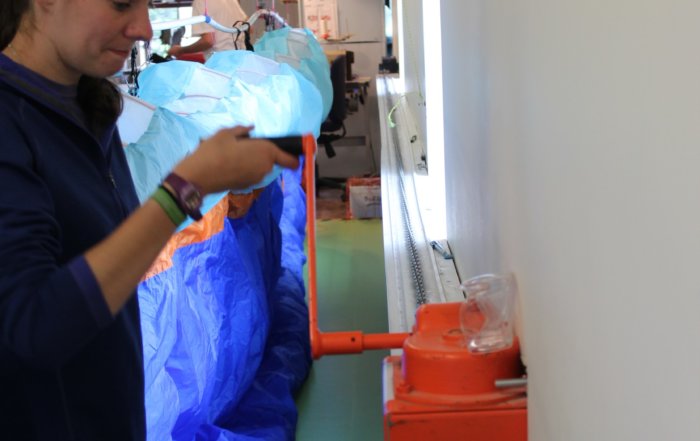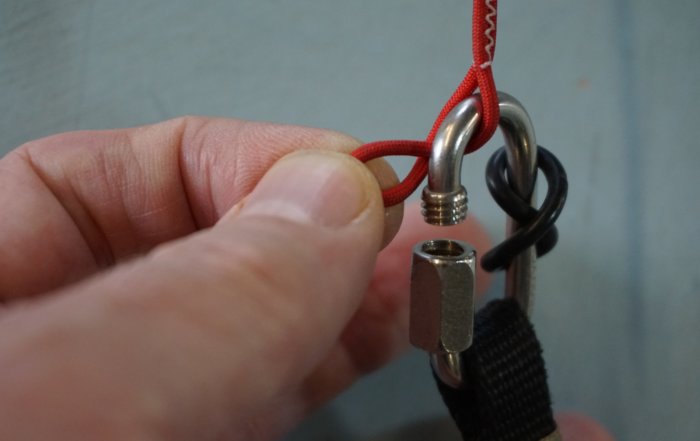Regular servicing maintains
safety and performance
Which glider service suits you?
What’s involved?
Technical
- Tandem or paramotor wing £150
- All the technical tests required to confirm airworthiness and performance
- Pilot remains solely responsible for checking for physical damage
Full
- Tandem or paramotor wing £235
- Comprehensive assurance that everything is as it should be
- Typically one full day of a qualified technicians time
We check your wing is in trim using a laser and software to compare actual line lengths against specification.
Depending on the age of your wing, we may remove an upper and main line to test their breaking strength.
We check that the fabric of your wing will keep the internal pressure high enough to maintain normal resistance to collapse and parachutal tendencies.
Hanging the glider up in the workshop allows us to examine the canopy really closely to find any damage.
We check the risers, maillons, brake handles and speed system are all as they should be.
We examine every line carefully to check they are not damaged.
Rapid access to the latest service report applied to the inside of your wing.
After completing your wing service, a unique QR code will be generated containing a link to the latest service report for your wing.
This is what the Technical Service covers
A Full Service also covers this
Example service reports
Technical Service
Full Service
Does a service involve any other charges?
Retrim work
Replacement lines
Repairs
Book now for a one week turnaround
We have been working for many years with manufacturers from around the world, so we can ensure that every glider leaving the workshop fully meets their specifications
A few manufacturers have formal service arrangements under which they offer extended warranty cover. We are fully accredited by all these manufacturers
We can arrange collection and return by courier
Glider service FAQ
A glider service can be either a Technical Service or a Full Service (what’s the difference?) and they are priced as follows:
| Paraglider type | Technical Service | Full Service |
|---|---|---|
| Solo | £135 | £205 |
| Tandem or paramotor | £150 | £235 |
These prices include all necessary testing. The test results may indicate that work is required to restore the safety and performance of your glider.
If the laser measure of all lines reveals that your wing is outside the manufacturers’ ±10mm tolerance of specification, then retrim work typically costs between £25 and £45, depending on how much work is involved.
Replacing any damaged lines or lines that are removed to test their strength costs £16.
We will usually patch small holes without charge unless they are too numerous. If we find more significant damage, we will contact you with a quote before making the repair.
We’ll carry out all the service work in the week you book
That means we should get your glider on its way back to you that week. Of course something unexpected may come up. For example, if your canopy needs a repair or a lot of lines need replacing, we’ll be in touch about the cost and timescale to put things right.
Arrange to get your glider to us no later than the Thursday before the week you’ve booked, and we will despatch back to you no later than the following Thursday.
To find out the soonest available service date and make a booking, go to Book a Service
You can arrange a service online at Book a service. Select either the next available service slot or a later week if that suits you better. You’ll be asked to provide your details including mobile number and email so we can acknowledge your booking and keep in touch. We’ll also need details of your return address.
You’ll hear about any unexpected damage before we put it right. We’ll discuss with you the price of any different options there might be, so you can decide what should be done.
You’re welcome to drop your kit in with us during our working hours, but most pilots use a courier. You can do that yourself, or we can arrange one for you. Let us know when you book in and we’ll make the arrangements. Our courier can collect from either your home or work address, and the charge for most UK addresses is £25. Alternatively you can drop your kit off at one of 2,500 DPD shops (find one here) for £15.
To use either service you must box up your kit to minimise the risk of damage or loss in transit. Equipment send by our courier is covered in transit up to £3,000 by our insurance.
We use DPD Local to collect from and deliver to addresses in the UK. If you ask us to collect your kit, we can make arrangements for DPD to collect from your home or work address on any working day. Alternatively you can drop your kit off at one of 2,500 DPD shops (find one here).
You will need to put your kit in a cardboard box no larger than 1.0m x 0.7m x 0.6m for protection in transit. The maximum weight for one box is 20kg for collections from a DPD shop, and 25kg otherwise.
On the day of collection from your home or work address, DPD should email and text you to let you know the one hour window within which they will make the collection. Their driver will arrive with a sticky label to go on the box and ask for a signature.
We can arrange a collection to get your kit to the workshop, and there are two options:
-
Our courier can collect from your home or work address during working hours. This costs £25 for most UK mainland addresses for shipments up to 25kg
-
If you drop off your kit at one of the 2,500 DPD shops across the country (find one here), the cost is £15 for a box weighing up to 20kg
Return to you once the work is complete costs £20 for most UK mainland addresses for shipments up to 25kg
UK home or work address: collection and delivery charges
| Area | Weight limit (kg) | Timing | Collection | Return |
|---|---|---|---|---|
| Most of the UK | 25 | Next day | £25.00 | £20.00 |
| Highlands | 10 | Two days | £37.50 | £25.00 |
| Isle of Wight | 10 | Two days | £37.50 | £25.00 |
| Scottish islands | 10 | Two days | £44.50 | £27.25 |
| Isle of Man | 10 | Two days | £44.50 | £27.25 |
| Norther Ireland | 10 | Two days | £44.50 | £27.25 |
| Channel Isles | 10 | Two days | £44.50 | £27.25 |
Scottish Highland postcodes are AB36-38, AB55-56, FK17-21, IV1-39, IV52-54, IV63, KW1-14, PA21-40, PH19-26, PH30-41 and PH49-51
Scottish Islands postcodes are HS1-9, IV40-51, IV55-56, KA27-28, KW15-17, PA20, PA41-49, PA60-78, PH42-44 and ZE1-4
If you’re booking a glider service, you can also book to send in your reserve at the same time.
You can also send in your harness and we’ll check the installation at the same time. We can also inspect the harness and check it over if you want. Just select the appropriate options when booking.
How frequently you should get your glider serviced depends mostly on how much you fly and what kind of flying you do. Most manufacturers recommend a number of hours that equates to either one or two years flying for most pilots. Bear in mind that some situations are more harsh than others: if you fly a lot in hot countries, from rocky locations or near the coast, these conditions can be more challenging for a wing.
Some manufacturers recommend a service after the first 25 hours, after the lineset has settled down, to make sure the glider is in trim. Once this is done in the first year, the next service scheduled service may well be two years later.
As a glider approaches the end of its service life, the line strength and fabric porosity may indicate that more frequent servicing is appropriate. If that is the case, we will tell you when we’ve completed your service.
It’s possible that if your wing is older and had a lot of use, then it may be that the lines are no longer strong enough or the canopy fabric may have become too porous. If that is the case, we’ll contact you as son as this becomes apparent. We carry out the tests in an order that is designed to minimise costs should a glider prove no longer to be airworthy.
When we’ve completed the work on your kit, we’ll email your service report and invoice. Your invoice will detail how you can pay online by card or bank transfer. Once you’ve paid we’ll finalise arrangements to get your kit back to you.
If you’re planning to pick up from the workshop, you can pay when you’re here either by card or cash.
If we have to order anything in specifically for you, we may ask you to pay for that item in advance.
Recent articles
Many of these articles first appeared in SkyWings
Know your enemies
Water, heat and salt: enemies of glider fabric
Most of us are aware that water, heat and salt are bad news for [...]
Line strength
Over the last couple of months we’ve had a number of gliders fail because [...]
Different servicing requirements
You may have seen from my SIV article a couple of months ago that I [...]
Fitting a replacement line
Find out about fitting a replacement line and how to ensure it matches your [...]
Airflow around a wing
You may have read an article that appeared in Skywings last August about porosity. In [...]
Why do lines shrink?
Since we started using laser equipment to measure glider linesets at Aerofix, we’ve measured over [...]
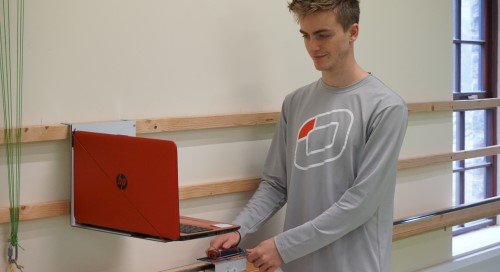


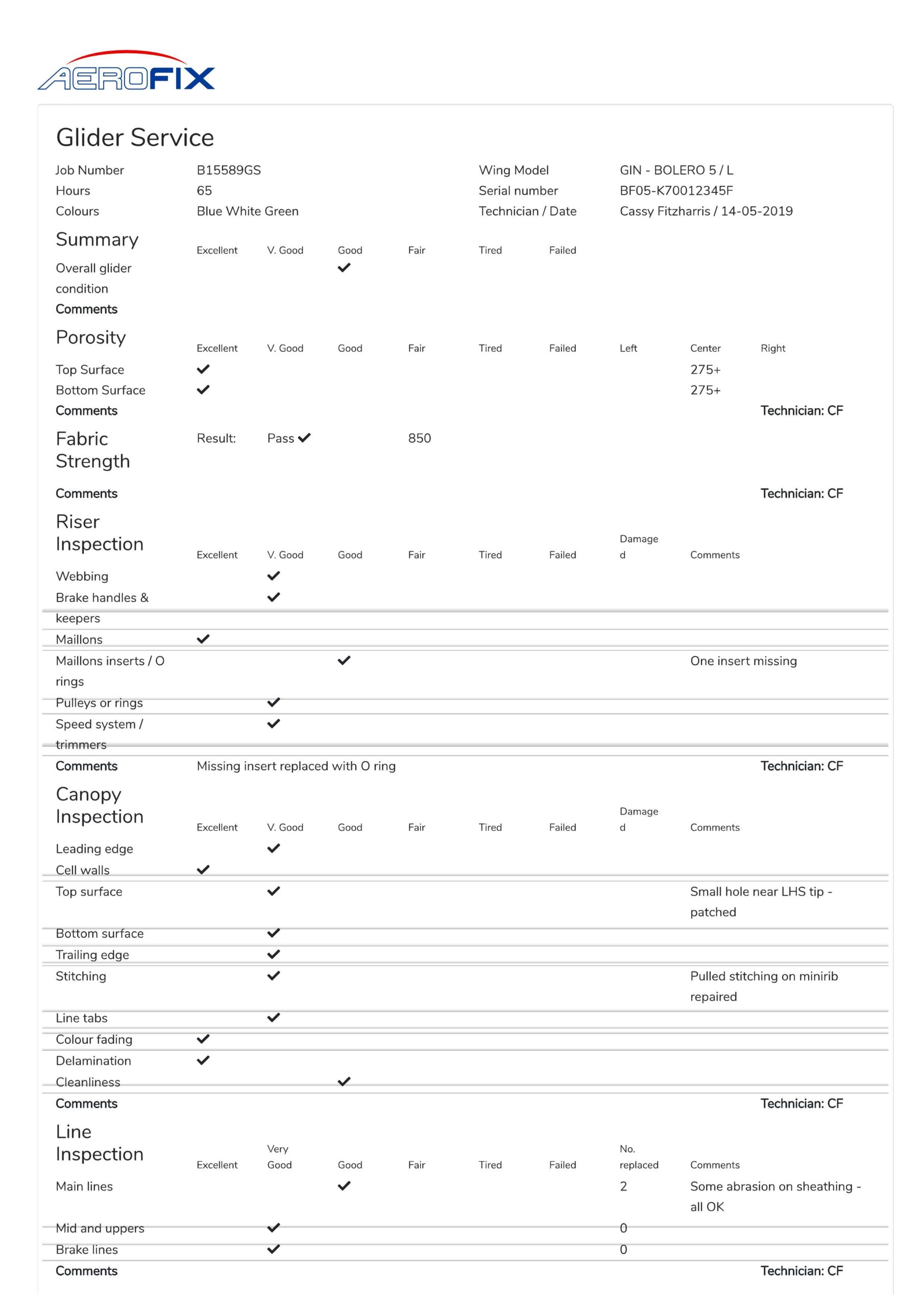
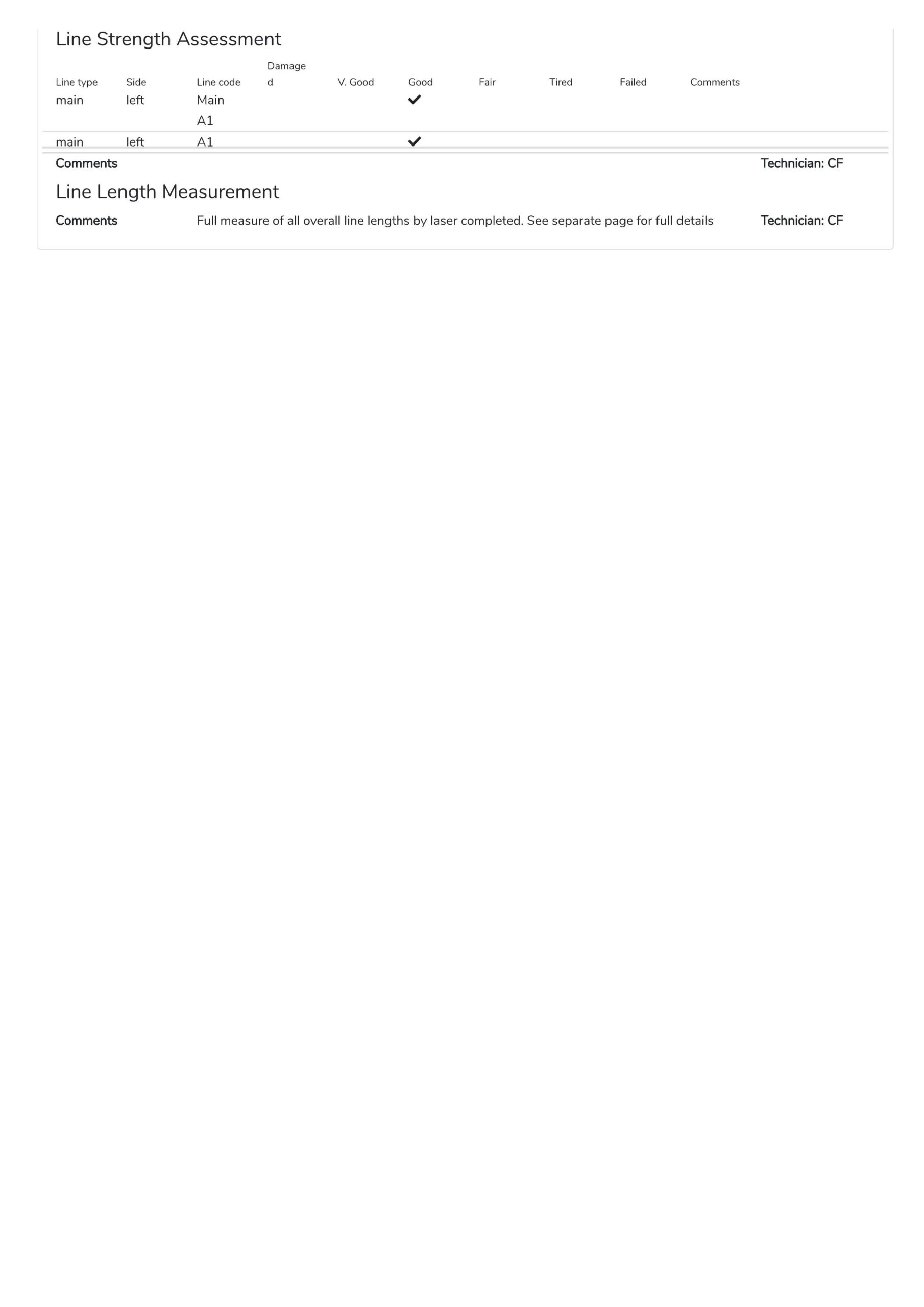
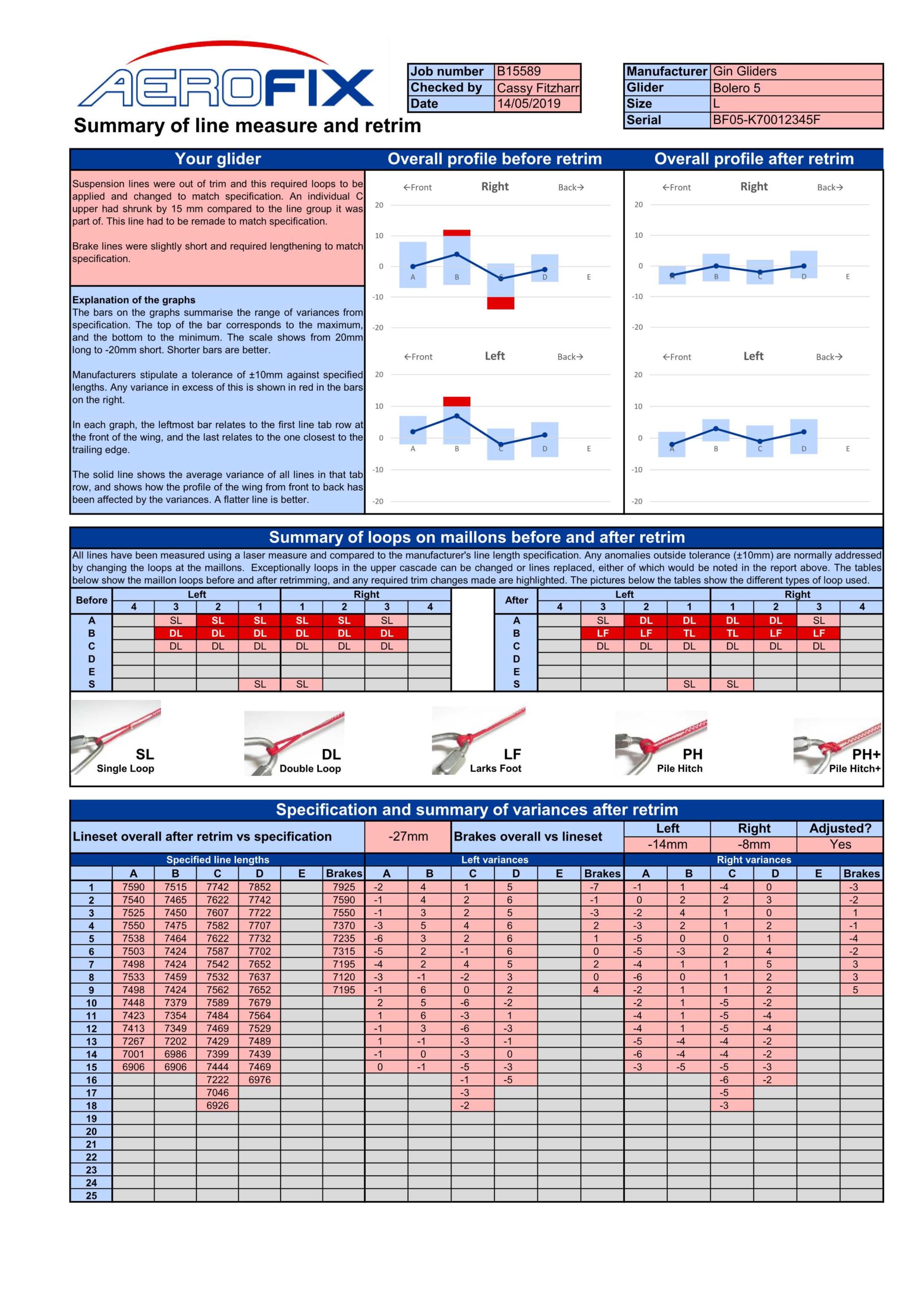











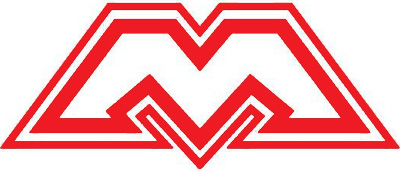










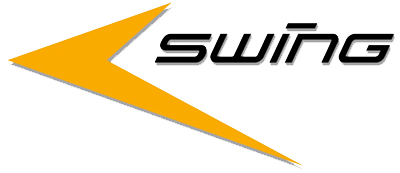

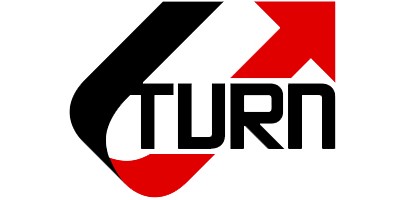
 Do this in the first year or 100 hours flying to extend your warranty from 2 years to 4
Do this in the first year or 100 hours flying to extend your warranty from 2 years to 4 Do this in the first 2 years to extend your warranty from 2 years to 4
Do this in the first 2 years to extend your warranty from 2 years to 4
